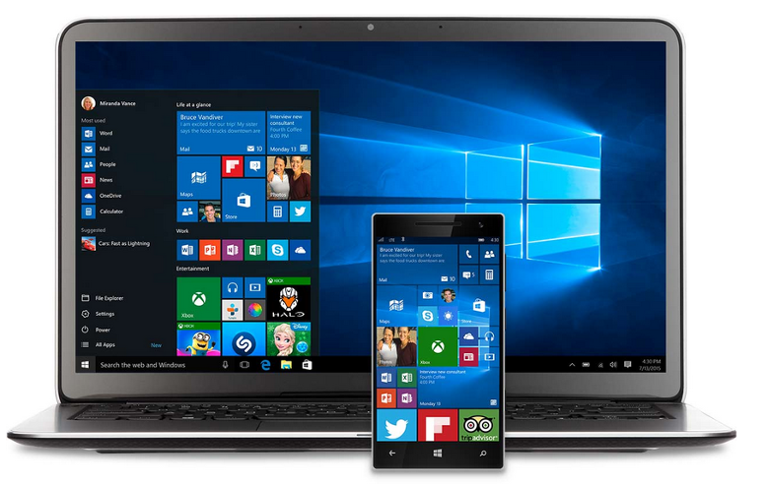Sysadmins: Watch Windows 10's Upgrade Policy
Microsoft really wants people to download Windows 10. The company is so desperate to increase the user footprint of Windows 10, and cross the billion-user mark within two or three years, that it plans on pushing the operating system as an “Optional Update” for all Windows 7 and Windows 8.1 customers. Early next year, the “Optional Update” will become a “Recommended Update,” which may compel a machine to automatically initiate the upgrade, depending on its settings. Microsoft’s official blog posting on the matter added this caveat: “And of course, if you choose to upgrade (our recommendation!), then you will have 31 days to roll back to your previous Windows version if you don’t love it.” Whether or not the user loves the operating system, transforming Windows 10 into a recommended update could present some issues for sysadmins and other tech pros who monitor IT infrastructure. In larger offices where those administrators maintain tight control over the settings of every PC in their domain, regulating the upgrade likely won’t prove a major issue. In smaller ones with more ad-hoc IT policies, though, widespread upgrades present an opportunity for chaos, especially if a firm uses software that hasn’t been fully tested for compatibility and security with Windows 10. In those cases, tech pros have a responsibility to either institute more rigid policies, or else advise users not to upgrade until everything has been sufficiently tested. In the latter case, the key is to send that “do not upgrade” warning well in advance, because users have a tendency to click on whatever prompts pop up on their screen.

